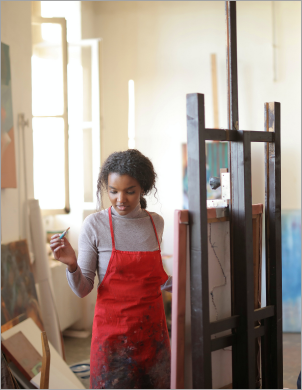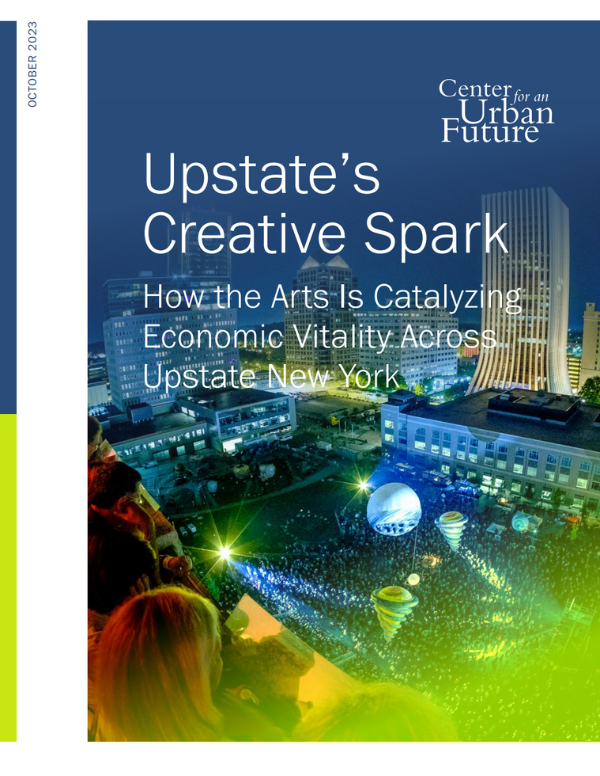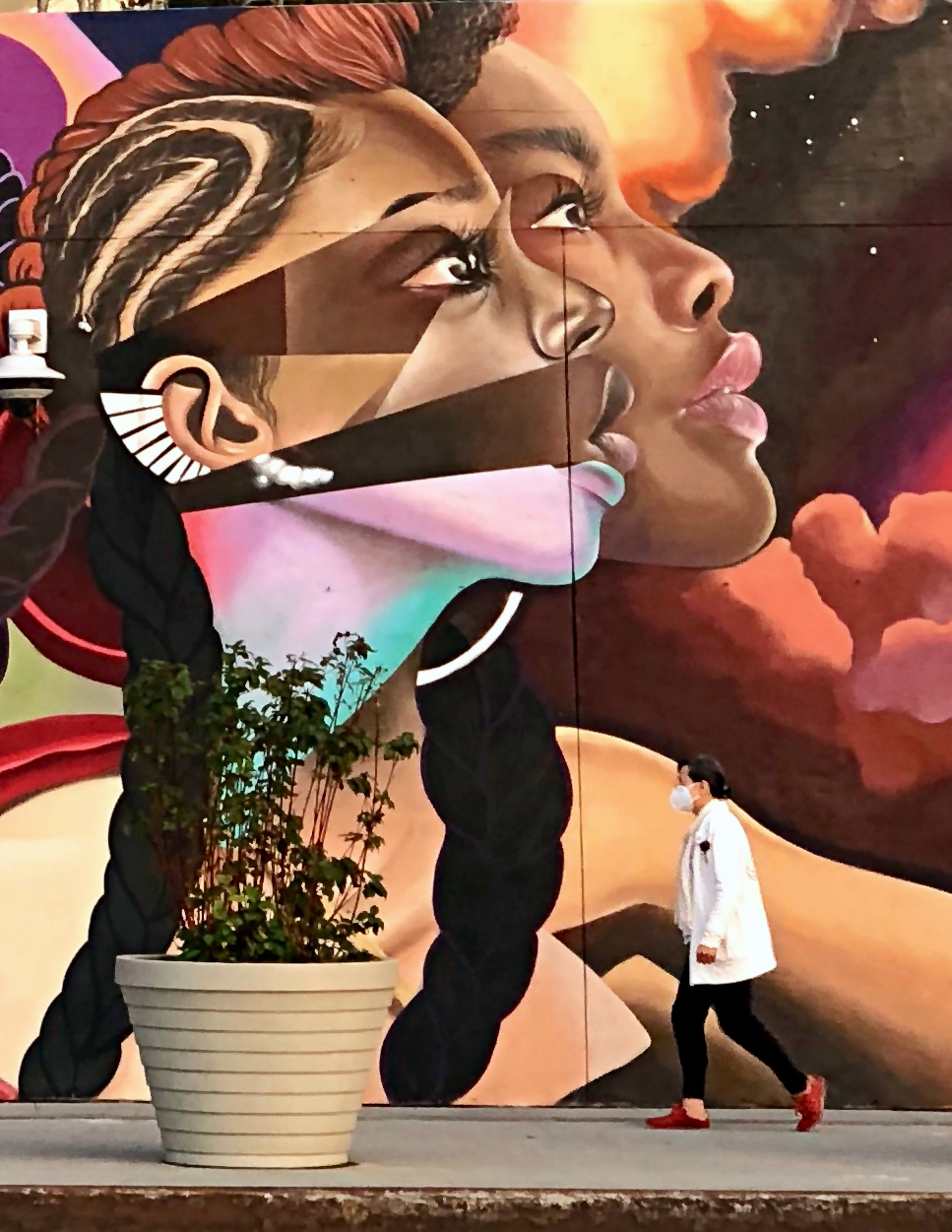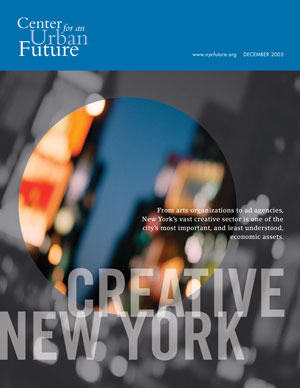State and local officials have made many attempts over the decades to stave off population decline and spark economic opportunity in Rochester and other communities across New York. Now, new research shows that where many have struggled to deliver, working artists and arts organizations have been getting the job done—even amid limited public support.
Now is the time to double down on New York’s support for the arts, while making equitable arts investment a cornerstone of the state’s economic development strategy. The arts have never been more vital to the state’s economic future. Between 2011 and 2021, Rochester’s working artist population grew a staggering 38.3 percent, (compared to total population growth of less than 0.5 percent) and employment in the city’s arts and culture sector rose 14 percent in the decade prior to the pandemic (compared to a 5.5 percent increase in total employment).
This increased economic activity sparked by the arts and culture sector has supported all kinds of local businesses, drawn locals and visitors alike to downtown, and sparked a renewed sense of civic pride. As Rochester’s Fringe Festival, Jazz Festival, Juneteenth Festival, and Puerto Rican Festival have grown in popularity, tourist spending in the city increased from $2.5 billion in 2009 to $3.3 billion in 2019.
While the numbers are impressive, they don’t tell the whole story. Rochester’s downtown area has become a hub for visual art, dance, and theater thanks to the renovations of The Garth Fagan Dance Company and Geva Theatre. A former dress shop on East Avenue is now home to the Rochester Contemporary Art Center. Wall/Therapy has brought concrete to life with murals all over the city—and these are just a few examples. It’s no wonder that the National Center for Arts Research has recognized Rochester as one of the country’s top 20 most vibrant arts communities.
Rochester isn’t the only community to have benefited. Outside New York City, employment in the state’s arts sector surged 35 percent from 2009 to 2019, nearly 10 times the overall rate of employment growth. This employment boom was seen in Buffalo (59 percent), Syracuse (53.5 percent), Albany (33 percent), the Hudson Valley (48 percent), Southern Tier (36.5 percent), North Country (28.5 percent), and the Capital Region (21 percent). The revival of art galleries, festivals, theaters, concert halls, and museums has in turn helped reinvigorate downtowns, drive tourism, and led to new restaurants, coffee shops, and other small businesses.
But statewide, public investment in the arts has declined. The recurring annual grantmaking budget for the New York State Council on the Arts (NYSCA), the state’s primary arts funding mechanism, is only $40.6 million—a 35.6 percent decline from FY 2008 after adjusting for inflation and is 68 percent below its 1990 peak.
Yet, there is more opportunity for the state’s economic development tools, including Regional Economic Development Councils (REDCs), and the Downtown Revitalization Initiative (DRI), to create economic growth through the arts. In 2021, just 12 of 104 DRI projects, representing only 3.7 percent of all grants from upstate REDCs, were related to arts and culture. The economic and social impact of the arts could be so much greater with focused investment on equitable cultural projects.
To be sure, elected officials are recognizing the power of the arts as a catalyst for revitalization. Governor Kathy Hochul and the State Legislature have boosted capital investment in local arts organizations, while Monroe County Executive Adam Bello has increased county funding for mid-sized arts organizations, festivals, and Black, LGBTQ+ and other historically underrepresented artists. Mayor Evans and the City Council have organized the Arts Cultural Creative Committee (AC 3) and committed to help fund public art by investing a percent of total costs for development projects in the city. Philanthropy is also stepping up to do its part with the Community Foundation and other partners investing in both creative projects and the capacity of arts organizations.
But more should be done. It’s time to make the arts and culture sector a centerpiece of statewide economic development planning. This includes doubling the New York State Council on the Arts’ recurring grantmaking budget to $80 million annually; investing in place-based arts infrastructure, including arts councils, arts districts, and other arts service organizations; and helping arts organizations led by and serving historically marginalized communities to acquire long-term affordable spaces.
Artists show us every day why New York’s diverse cities are places where people want to live, work, and visit—but their impact could be so much more. By increasing equitable investment in the arts, New York can cultivate more vibrant communities from Albany to Buffalo while sparking inclusive and lasting economic opportunity.
Dvorkin is Editorial and Policy Director at the Center for an Urban Future and co-author of Upstate’s Creative Spark. Banister is the President and CEO of Rochester Area Community Foundation.
This op-ed builds on the Center's longstanding research on bolstering New York's arts and culture ecosystem and supporting working artists, including Upstate’s Creative Spark: How the Arts Is Catalyzing Economic Vitality Across Upstate New York, Creative Comeback: Surveying NYC’s Cultural Ecosystem in the Wake of COVID-19, and Creative New York.





